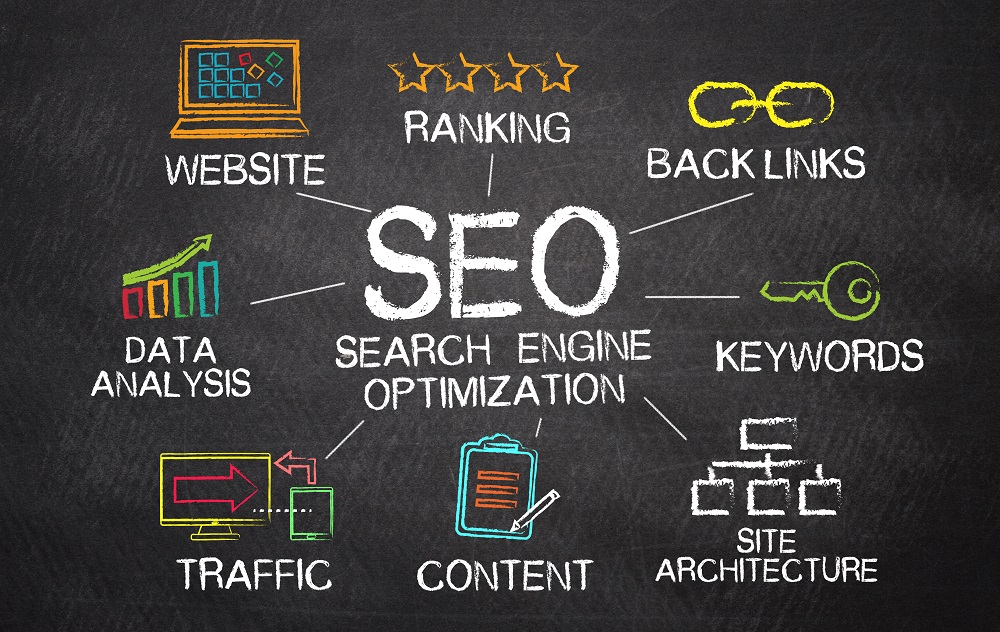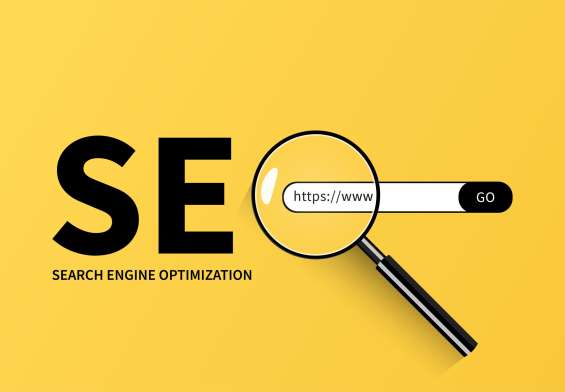Feeling overwhelmed by SEO? With so many directions to go in, it’s easy to get lost, but a structured SEO campaign can keep you on track, driving traffic, and hitting your marketing goals. This article will serve as a detailed checklist to walk you through each stage of your campaign, guaranteeing it’s set up to deliver measurable results and help your business grow.
Define Your Campaign Goals and KPIs
To start any successful SEO campaign, set clear, achievable goals. Ask yourself: Are you focused on driving organic traffic, increasing conversions, or improving your brand’s visibility?
Identify your Key Performance Indicators (KPIs) for tracking success. Common SEO KPIs include:
- Organic traffic
- Conversion rate
- Bounce rate
- Keyword rankings
These specific, measurable KPIs give you a roadmap and help you adapt your campaign on the fly.
Conduct Thorough Keyword Research
Every successful SEO campaign is built on keyword research. Understanding the terms your audience searches helps you create content that delivers value and directly addresses their needs. Start by using tools like Google Keyword Planner, Ahrefs, and SEMrush to build a strong keyword list.
You want a mix of short-tail and long-tail terms when putting together this list. Short-tail keywords, like “digital marketing,” can attract high volumes of traffic. However, more specific long-tail keywords, like “digital marketing strategies for small businesses,” face less competition and are better at targeting niche audiences. For example, a small business that wants to attract local customers might focus on long-tail keywords like “affordable SEO services for New Jersey businesses.”
It’s just as important to understand the search intent behind the keywords. Aligning content with user intent—whether informational, navigational, or transactional—means visitors are more likely to find your page relevant and engaging, so they’re more likely to convert.
Develop a Content Plan Around Your Keywords
Once you have a list of keywords ready, the next step is to create a plan to use them effectively in your content. Start by choosing content types that best address your audience’s needs, whether blog posts, infographics, videos, or something else entirely. For example, if you’re targeting informational keywords, an in-depth blog post or a how-to video might be ideal. Conversely, transactional keywords might work better in product pages or service overviews.
As you organize keywords into content, assign primary keywords to cornerstone pieces (e.g., comprehensive guides) and secondary keywords to supporting pieces, creating a network of content that covers your topic from multiple angles. Using a content calendar to stay on track keeps a steady flow of new, relevant content appearing on your site, further boosting your visibility.
Optimize Your On-Page Elements
On-page SEO elements like title tags, meta descriptions, and headers play a massive role in how well your content ranks and how appealing it is to users in search results.
- Title Tags: Include the primary keyword near the beginning of your title tag and keep it within 60 characters to keep it from getting truncated.
- Meta Descriptions: Write compelling meta descriptions that encourage clicks by summarizing your content in a way that appeals to users. Include your primary keyword and ideally keep them between 150–160 characters.
- Header Tags (H1, H2, H3): Organize content logically with headers, using keywords in headers wherever possible to reinforce topic relevance.
- Alt Text for Images: Optimize images with descriptive, keyword-rich alt text.
By focusing on these elements, you help search engines understand your content and make it more appealing to users.
Apply Technical SEO Best Practices
Technical SEO optimizes your website for both users and search engines, setting it up for tons of organic growth. Start with page load speed. A slow website frustrates users and can lead to higher bounce rates and lower rankings. Tools like Google PageSpeed Insights identify speed issues so you can address them.
You also want to make sure website is mobile-friendly, especially since Google prioritizes mobile-first indexing these days. A responsive design lets people access your site on any device, improving engagement. Submitting a sitemap to search engines helps guide their crawlers through your site’s structure. Additionally, checking for broken links with tools like Screaming Frog prevents issues that hurt user experience and your SEO.
Build Quality Backlinks
Backlinks—links from other reputable websites to your own—are one of the top indicators of authority and help improve rankings. The most effective way to earn quality backlinks is by creating high-value, relevant content that other sites genuinely want to link to. For instance, a detailed guide or original research piece can attract links naturally, since others will want to use it as a resource.
Another reliable approach is guest posting on respected industry websites, allowing you to share your expertise while gaining valuable exposure and referral traffic. You can also actively seek out link-building opportunities by identifying websites with broken or outdated content that your content could replace. A polite request for a backlink can fill the gap for them while building credibility for you.
Monitor and Analyze Performance
Once your campaign is underway, you need to track and analyze its performance regularly. Use data to understand what’s working and what’s not, showing you where you need to adjust.
Key metrics include:
- Organic traffic: Google Analytics provides insights on the traffic your campaign generates and identifies sources.
- Keyword rankings: Tools like Ahrefs or SEMrush allow you to monitor the rankings for targeted keywords over time.
- Bounce rate and engagement: Higher engagement and lower bounce rates mean that content is relevant, so keep an eye on these metrics to gauge effectiveness.
- Conversion rate: Track conversions to measure if your content isn’t just attracting visitors but turning them into leads or customers.
Regularly reviewing these metrics lets you optimize your campaign as you go. Remember, SEO is a long-term strategy, and small, incremental improvements can lead to significant progress over time.
Adjust and Refine Your Campaign
As you gather data, use it to adjust your campaign. Take another look at keywords that aren’t delivering expected results, while high bounce rates may indicate issues with page relevance or layout. SEO requires ongoing adjustments to stay aligned with search engine updates and evolving user behavior.
Remember, SEO isn’t a one-time task but an ongoing cycle of testing, learning, and improvement. The more responsive you are to results, the better your campaign will be in the long term.
Maximizing Long-Term SEO Campaign Results
Launching a well-planned SEO campaign is a process that requires dedication and strategic planning. Following this checklist makes each step stronger, from goal setting and keyword research to content planning, technical SEO, and monitoring progress. Staying consistent with these strategies will help you reach your SEO goals, whether they focus on driving traffic, boosting conversions, or increasing brand visibility.
SEO takes time to deliver results. Keep refining, monitoring, and optimizing to stay on track, adapt to algorithm changes, and ultimately see your SEO efforts translate into business growth.





